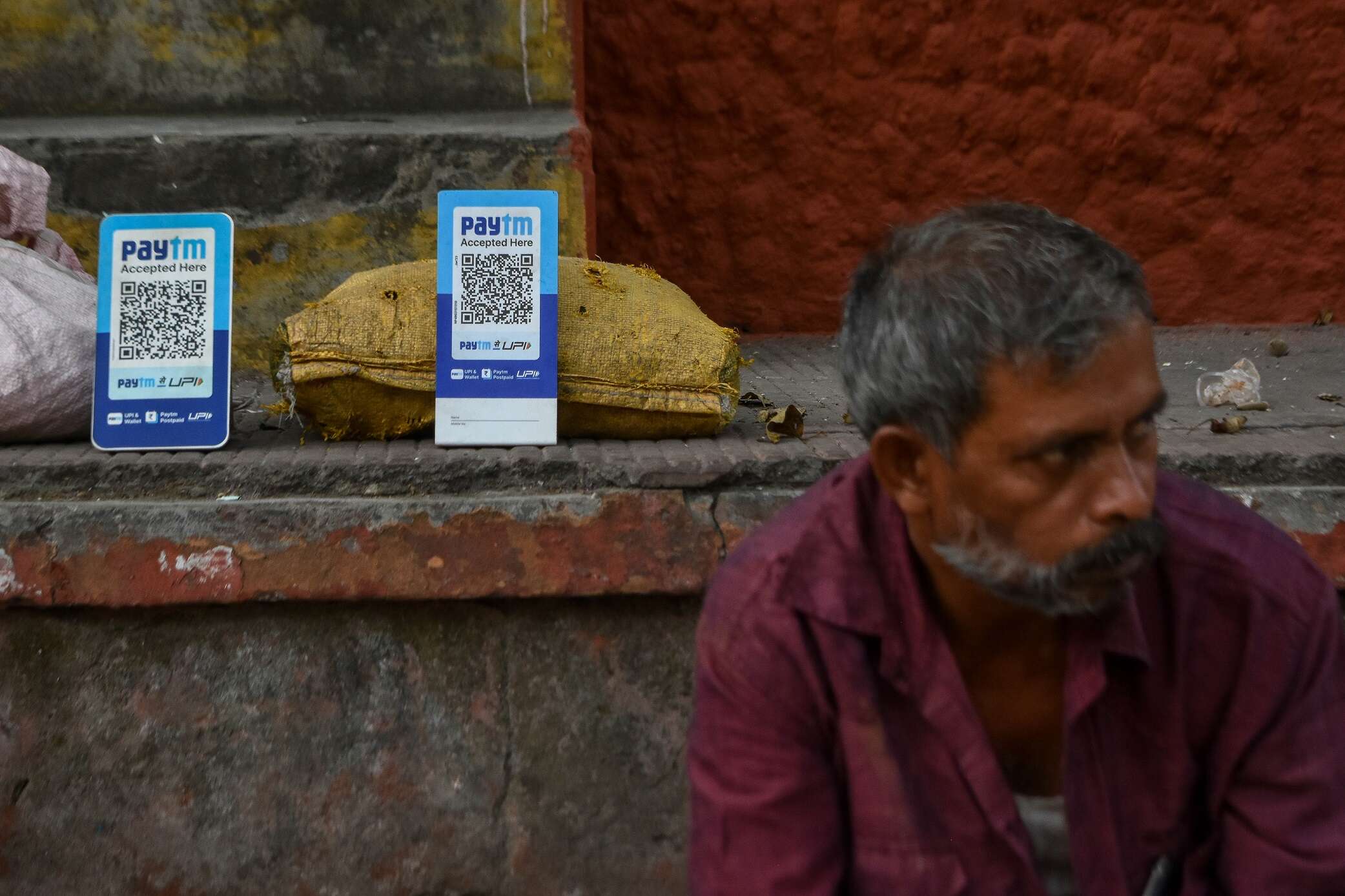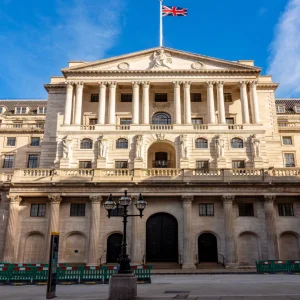
Shortly before his interview with Tech Monitor, Nitin Chittal was driving through Mumbai when he noticed that his car had developed a puncture. He pulled over on the highway, where an independent roadside vendor quickly fixed the vehicle. The transaction came to around ₹300 — less than £3. Chittal, a digital payments consultant, paid using a QR code. “I didn’t have any cash,” he says. “I just paid by UPI.”
India’s state-backed Unified Payments Interface (UPI), which was first launched in 2016, is a platform for free and fast account-to-account transfers, which are facilitated by QR codes or virtual IDs. Created by the National Payments Corporation of India (NPCI), UPI connects more than 300 banks and enables seamless financial transactions through mobile applications like Google Pay, Amazon Pay, PhonePe, and Paytm.

The scan-and-pay UPI system can be used for everything from luxury shopping to buying fresh fruit or cigarettes from roadside sellers. That’s the kind of tiny transaction Tej Shah, a fund manager at asset manager Marcellus, makes frequently, not least when he buys a warm cup of chai from a small stall outside his office in Mumbai. Shah uses the app almost instinctively now. “I don’t have any physical cash in my wallet for days on end,” he says.
In total, UPI currently serves some 260 million users across India, helping the immense country embrace cashless payments and bringing a huge number of citizens into the formal economy. It’s a model that India is keen to promote abroad, marketing the benefits of its digital infrastructure model to countries facing similar challenges in boosting financial inclusion. But it’s not without its drawbacks. Accused by some of being used as a tool by the Indian government to juice domestic fintech providers at the expense of foreign competition, UPI has also proven to be a tempting target for fraudsters.
India’s digital revolution
UPI has rapidly transformed Indian commerce, especially in larger cities. “India was a cash economy,” says Chittal. While the total volume of cash transactions hasn’t much reduced, he explains, “the pie has increased” — and UPI has helped satisfy India’s economic growth. Digital payments have grown rapidly, with UPI making up 84% of digital payments in India in 2022 according to a report by Worldline.
In May 2023, UPI struck a new record, recording 9.41 billion unique transactions in a single month. This amounted to 14.3trn Indian Rupees — around £136bn — according to the National Payments Council of India.
The rapid rise of smartphones and the falling cost of mobile data have been central to facilitating access to financial services like UPI, explains Shah. The transition away from cash was further accelerated by Covid-19, adds Chittal. With banks shuttered and vendors eager to avoid contamination, digital payments rapidly caught on. By June 2022, more than 50 million independent merchants were using UPI — a number that’s only likely to have increased, says Chittal.
The biggest achievement of UPI, explains digital payments strategist Ram Rastogi, has been “taking basic banking services to the remotest part of the country at a very reasonable cost.” India is home to more than 600,000 villages — many of which have a population under 5,000. “They have no local banking services,” adds Rastogi. “They have to [travel] at least 10 to 15 km to reach the nearest bank branch.” UPI, he explains, has eliminated much of this slog.
But, much like any traditional financial structure, systems like UPI are vulnerable to fraud and manipulation. According to India’s Finance Ministry, more than 95,000 UPI-related scams were reported between March 2022 and March 2023. In the state of Gujarat, meanwhile, 70% of complaints about online fraud between January 2022 and February 2023 were UPI-related.
Most of these grifts aren’t all that different from traditional phishing scams. Criminals frequently call and text potential victims to try to trick them into revealing confidential information, such as their UPI PIN. Chittal recalls several recent incidents where scammers have tricked customers into signing up for fake reward schemes using UPI, manipulating the requisite QR codes to make users believe that they’re signing up to receive, rather than send, money.
The Reserve Bank of India (RBI) isn’t blind to these risks. It has started issuing regular guidelines regularly to flag and counter common forms of fraud — and is targeting educational initiatives to ensure safe adoption of UPI among new users, including those with limited technological experience.
Going global
These cases are sad, Shah opines — but also an inevitable risk in the rollout of any national digital payment system. “That’s always there, irrespective of what type of infrastructure we build,” he says.
But it’s not just scammers that India needs to worry about. There has also been pushback from wealthy international players. Mastercard, for example, complained to the US Government that, in its push for digital payments, Modi’s government had adopted “a series of protectionist measures” to the detriment of global companies. Cryptocurrency advocates are also upset. Local stakeholders, including the Bharat Web3 Association, are urging the government to reinstate UPI access for crypto-related activities, which were reportedly barred in 2022.
This hasn’t stopped other nations consulting India on UPI — aiming both to replicate its success and expand its reach. In July 2022, IT minister Ashwini Vaishnav said that India was in talks with 30 countries about the system, including Bahrain, Thailand, Mauritius and Indonesia, and had signed memorandums of understanding (MoUs) with France, the UAE, and Singapore to enable Indians to use UPI overseas. Indeed, UPI has been integrated with Singapore’s digital payments system PayNow since February — allowing the country’s migrant workers to send remittances home at a relatively low fee of 3%.

“The biggest selling point for UPI internationally is that it could both accelerate and reduce the cost of cross-border transactions to and from India, the world’s top remittances market,” Zennon Kapron, founder and director of consulting firm Kapronasia, wrote in Forbes.
It’s not just Singapore. PhonePe, one of the major UPI providers, announced in early February that it would extend support for international payments to the UAE, Singapore, Mauritius, Nepal and Bhutan. Moreover, “NPCI is in initial discussions with a few Gulf countries for developing cross-border remittances using UPI, which will be primarily bank account-to-bank account transfers,” chief executive Dilip Asbe told Mint. Looking to the future, India wants UPI to become a simple and accessible payment option for its citizens and expatriates overseas, just as Chinese payment platform Alipay is widely accepted outside of China.
Other countries, meanwhile, are keen to replicate the opportunities promised by UPI for their own citizens. Brazil launched its own copycat, Pix, in November 2020. In 2022, Nepal became the first foreign country to officially deploy UPI for domestic transactions. It remains to be seen whether the system will achieve widespread adoption among the country’s 30 million citizens, but its evolution could be a measure of the feasibility of replicating UPI’s domestic success in a foreign market.
Shah is confident that Brazil and Nepal won’t be the last countries to take inspiration from India. The benefits of digital systems like UPI, he says, will be felt most keenly among emerging economies with high growth and low penetration of financial services. People in wealthier countries, after all, already have access to secure and efficient payment systems.
“This sort of system is most useful for countries where there is no existing system, where there is no baggage of an […] existing regulatory framework,” says Shah. Chittal agrees — emphasising that systems like UPI could be particularly beneficial for countries with a large and disparate rural population, who lack the requisite infrastructure for other kinds of payments, like ATMs.






